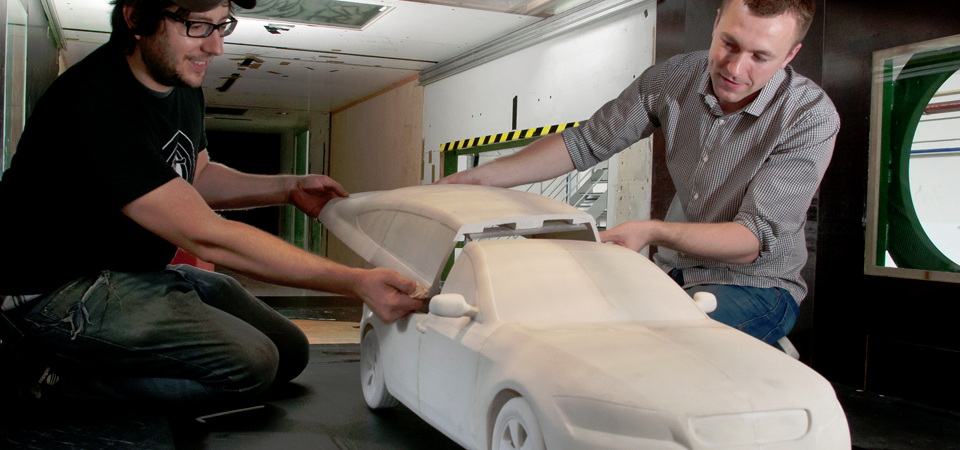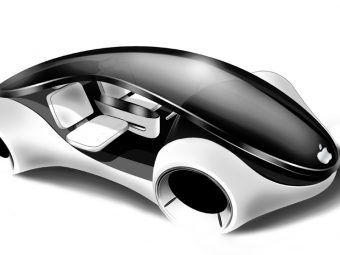By Chris Ward, November 5, 2014
 The University of Warwickshire, based in the UK, has developed a low cost composite material specifically for use in the 3D printing of electronic components that is designed to speed up the process of printing.
European research institutions are looking at the wonder material of the age, Graphene, to form the basis of super-strength thermoplastic components. For now 3D printing relies on materials from the poly-carbonate era.
Lightweight materials are being researched, such as titanium, but its expensive costing $200-400 dollars per kg , however a research company in the UK has claimed to have developed a technique to possibly lower costs by as much as 75%.
The most probable route is the merging of these new and old manufacturing technologies, so called hybrid manufacturing could combine 3D printing with traditional forging and milling techniques.
For now 3D printing, despite being around for over 20 years is still in its infancy. Its a slow forming process, has a limited materials base and is not yet fully compatible or cost effective compared to traditional manufacturing techniques.
The University of Warwickshire, based in the UK, has developed a low cost composite material specifically for use in the 3D printing of electronic components that is designed to speed up the process of printing.
European research institutions are looking at the wonder material of the age, Graphene, to form the basis of super-strength thermoplastic components. For now 3D printing relies on materials from the poly-carbonate era.
Lightweight materials are being researched, such as titanium, but its expensive costing $200-400 dollars per kg , however a research company in the UK has claimed to have developed a technique to possibly lower costs by as much as 75%.
The most probable route is the merging of these new and old manufacturing technologies, so called hybrid manufacturing could combine 3D printing with traditional forging and milling techniques.
For now 3D printing, despite being around for over 20 years is still in its infancy. Its a slow forming process, has a limited materials base and is not yet fully compatible or cost effective compared to traditional manufacturing techniques.
 Companies like Arizona based, Local Motors, are already pushing the the technology. The company created the worlds first 3D printed car back in July, made from an estimated 20,000 components.
However the automotive industry is keen to develop the technology further beyond Local Motors boundaries, for now it remains limited in use but is seen as a valuable asset in the years to come.
Companies like Arizona based, Local Motors, are already pushing the the technology. The company created the worlds first 3D printed car back in July, made from an estimated 20,000 components.
However the automotive industry is keen to develop the technology further beyond Local Motors boundaries, for now it remains limited in use but is seen as a valuable asset in the years to come.







